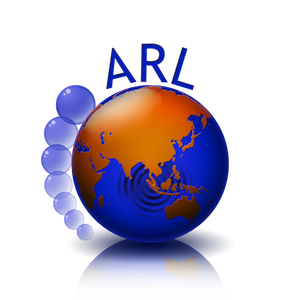The PANDAs are autonomous underwater nodes that can be deployed and recovered easily without diver support. While we use them as acoustic recorders, communication network nodes, communication relays or underwater navigation beacons, one could potentially add environmental or other sensors on them quite easily.
PANDAs are designed as self-contained systems that sink to the sea bed when deployed and do not have any surface expression. They are typically scheduled to wake up and collect data, normally after the support vessel transits away. They are designed to allow deployment periods from several hours to several days. To retrieve the system, an acoustic release is activated on return of the deployment/recovery vessel. The entire system can then be recovered by hauling in the line. The PANDAs leave no anchor or deadweight behind and are environmentally-friendly. Since PANDAs remain anchored to the seabed even after recall, recovery is simpler in that the surface buoy marking the recovery cable is tethered to the seabed and cannot drift away.
The PANDAs have evolved over the years, and several versions are in use today:

Ambient Noise Recording PANDA
Understanding the ambient noise environment in shallow waters is essential for marine scientists and navies of today. The characteristics of shallow water ambient noise often influences the performance of underwater acoustic communications and remote detection systems. As a part of this effort, different data collection locations in local waters are carefully selected to cover a large ensemble of ambient noise environments, such as deep channel, shipping channel, shipping anchorages, shallow reef, shallow mudflat and reclamation sites.
Ambient noise data are often collected by deploying a hydrophone or towed array from a vessel. The data are usually contaminated to some degree by the self-noise generated by the vessel, though towed arrays are less prone to this than single hydrophones. Contamination can be largely reduced if it is possible to silence the ship by shutting down all noise generating machinery, but this is rarely a practical option. When deploying a hydrophone at any distance from a stationary vessel, we also run the risk of another vessel running over the hydrophone. Collecting ambient noise data from busy shipping lanes and fishing grounds poses a double problem in that any system with a surface expression may be run down or removed by other vessels. With the PANDA, we eliminate self-noise contamination by the support vessel and also prevent vessels from running over our equipment.

Multichannel data acquisition PANDA
Although the original PANDA was designed as a ambient noise data acquisition tool, it is a very useful device for any kind of autonomous marine sensing. We now have versions of the PANDA with changeable sensor payloads, and capable of multiple channels of data acquisition. For example, on the right, you see a version configured for source direction identification with 3 hydrophones and a compass.
Each PANDA has an acoustic modem which allows it to communicate to surface units or other PANDAs. If multiple PANDAs are deployed in an area, they can measure distances between themselves using this modem as well. Inverting the distances, we can identify the geometry of the array of PANDAs, and therefore use the array for source localization. This has been tested in the field with arrays of up to 5 PANDAs to locate sound sources.

UNET PANDA



